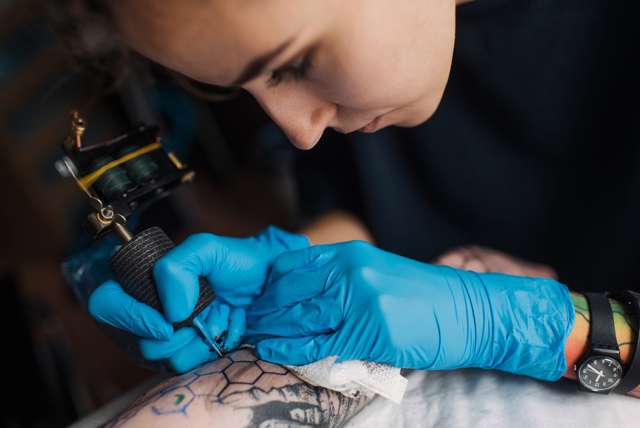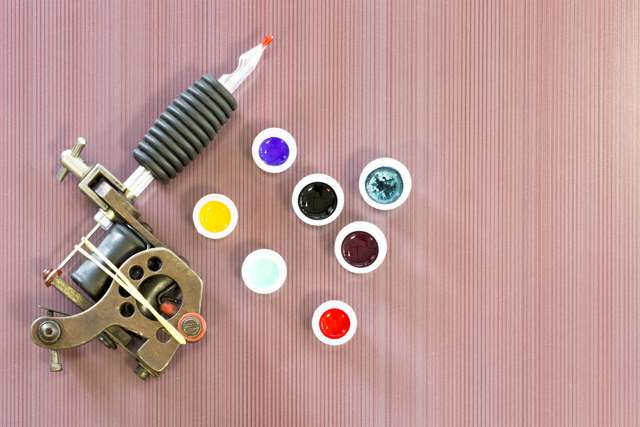
To get colorful, vibrant tattoos that last for years, ink manufacturers must thoroughly test their products for color consistency and fastness. Image Source: PxHere
When clients walk into a tattoo shop, they usually have a specific design idea in mind. To create this perfect tattoo, the tattoo artist must carefully select the right ink color for their clients. After all, a tattoo is permanent, so the ink must be high in quality and have excellent colorfastness; the ink should not only look great today, but remain vibrant decades after it’s applied under the skin.
However, colorfastness and consistency aren’t always easy for tattoo ink manufacturers to achieve, as inconsistencies in the manufacturing process as well as the types of raw materials used to create the ink can negatively impact the ink’s appearance and quality. For example, tattoo ink can become too thin when too much alcohol is added to the formula, or the ink’s color will fade after just a few years if there’s not enough pigment in the mix.
This is why tattoo ink manufacturers should use a spectrophotometer to test their products for consistency and colorfastness throughout the manufacturing process. A spectrophotometer will help you identify even minor differences in color between one bottle of ink and the next, ensuring that your inks perform predictably and appear beautiful on every client.
Color Consistency and Fastness is a Sign of Tattoo Ink Quality
Despite the popularity of tattoos, the tattoo ink industry is still largely unregulated. While the FDA does occasionally investigate the quality and safety of inks, for the most part, the responsibility lies with manufacturers to ensure their products are safe, free of contaminants, and high in quality.1 A reliable color quality control protocol not only helps you identify possible contaminants in your inks, it also improves the overall quality and colorfastness of your products.
Tattoo ink is made by mixing together a carrier and a colorant.2 The colorant is a pigment made from mineral or organic sources, while the carrier is a clear liquid that helps the skin absorb the pigment molecules. This includes liquids like witch hazel, alcohol or glycerin. The challenge that many ink manufacturers face is that the colorant and carrier ratios must be as precise as possible in order to maintain color consistency. For example, if the ink is too diluted with witch hazel or other carriers, then the ink will appear too light when it’s applied under the skin. Likewise, when an artist has to complete a large tattoo over a period of multiple sessions, they need the ink colors to remain the same from one session to the next; any minor change in the formula could ruin the look of the final tattoo.
In the tattoo industry, artists choose inks based on the manufacturer’s reputation and perceived perception of quality. Many artists choose inks that come in a variety of colors, but most importantly, they expect these inks to perform predictably in their clients’ skin. In general, low-quality tattoo inks are inconsistent in color and thinner or less permeable than high-quality inks. Meanwhile, the highest-quality tattoo inks are usually alcohol-based, relatively thick, and completely consistent in color from batch to batch.3 By testing the quality of your own ink formulas using a spectrophotometer, you can improve your brand’s perception of quality and create reliable ink products that will stay vibrant for decades.Tattoo ink

If black tattoo ink is too diluted by a carrier like witch hazel, it may appear grey in color when applied to the skin. Image Source: Shutterstock user Lumen Photos



